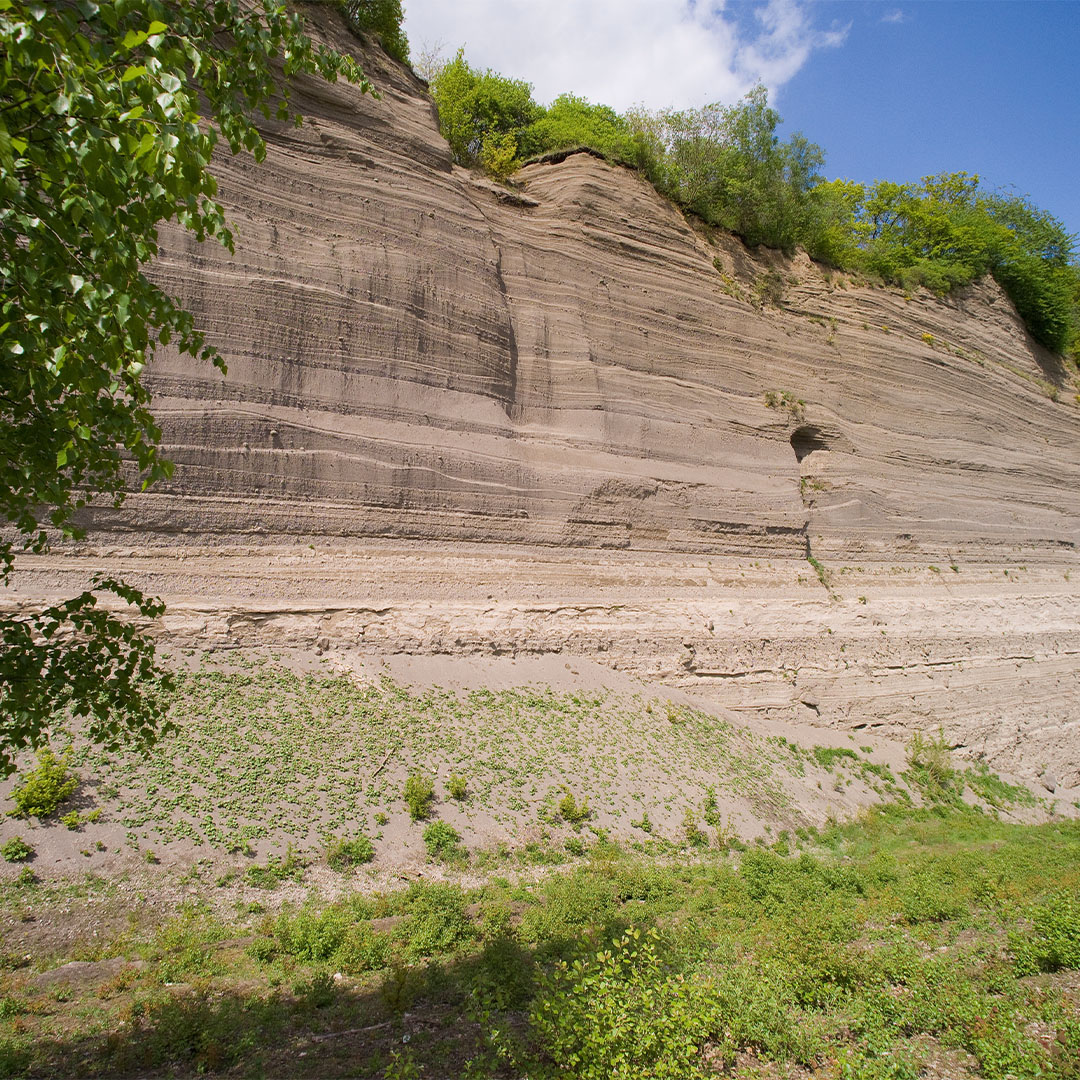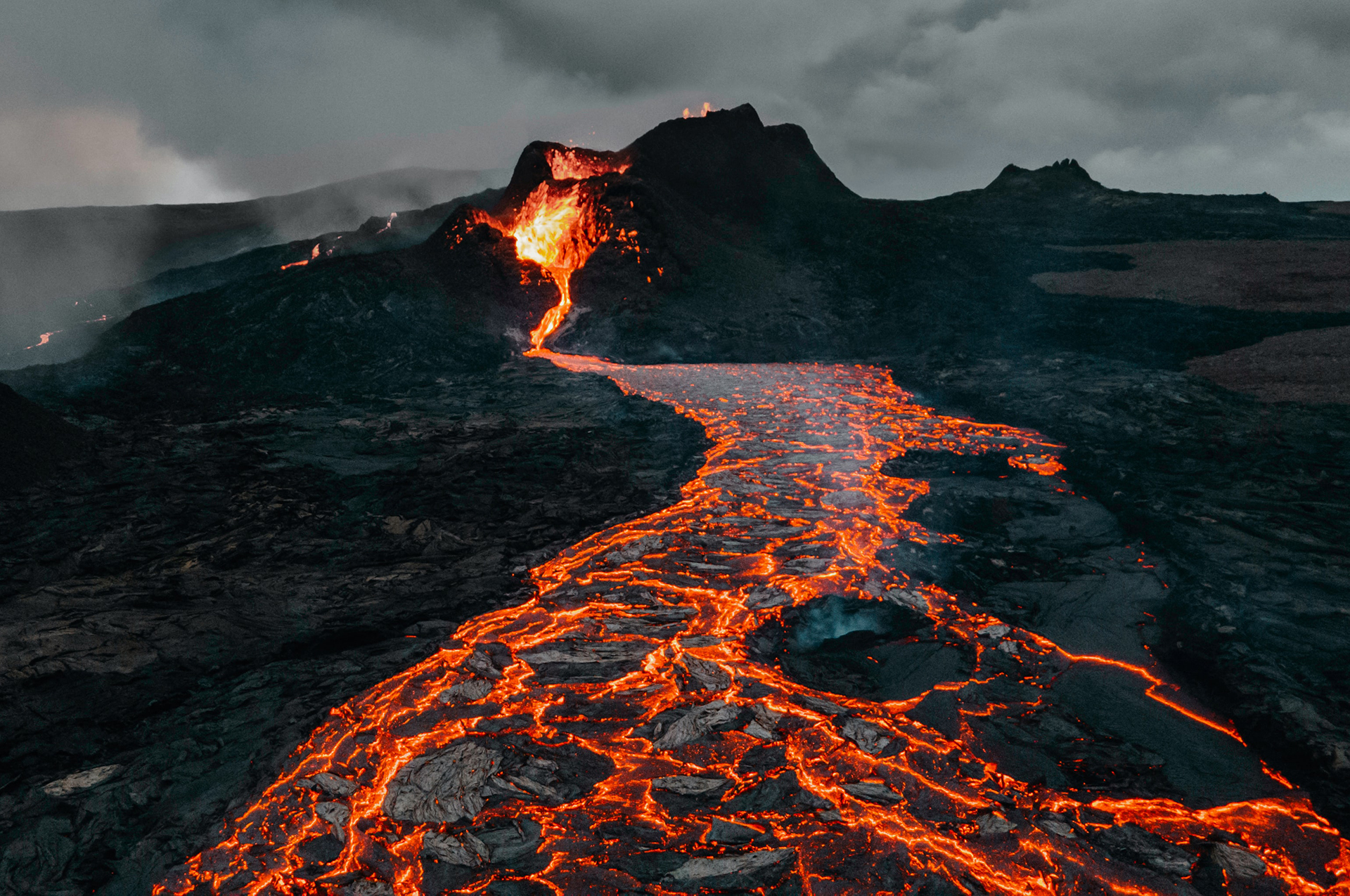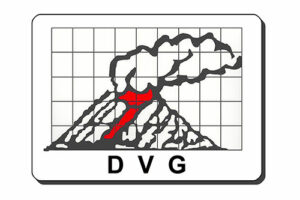We are open!
We are open from Monday, March 25th, and throughout the entire Easter holidays for you. We look forward to your visit!
Looking for a gift?
Looking for a gift?
Give the whole family a unique experience with a voucher for the Lava-Dome Museum or the Lavakeller.
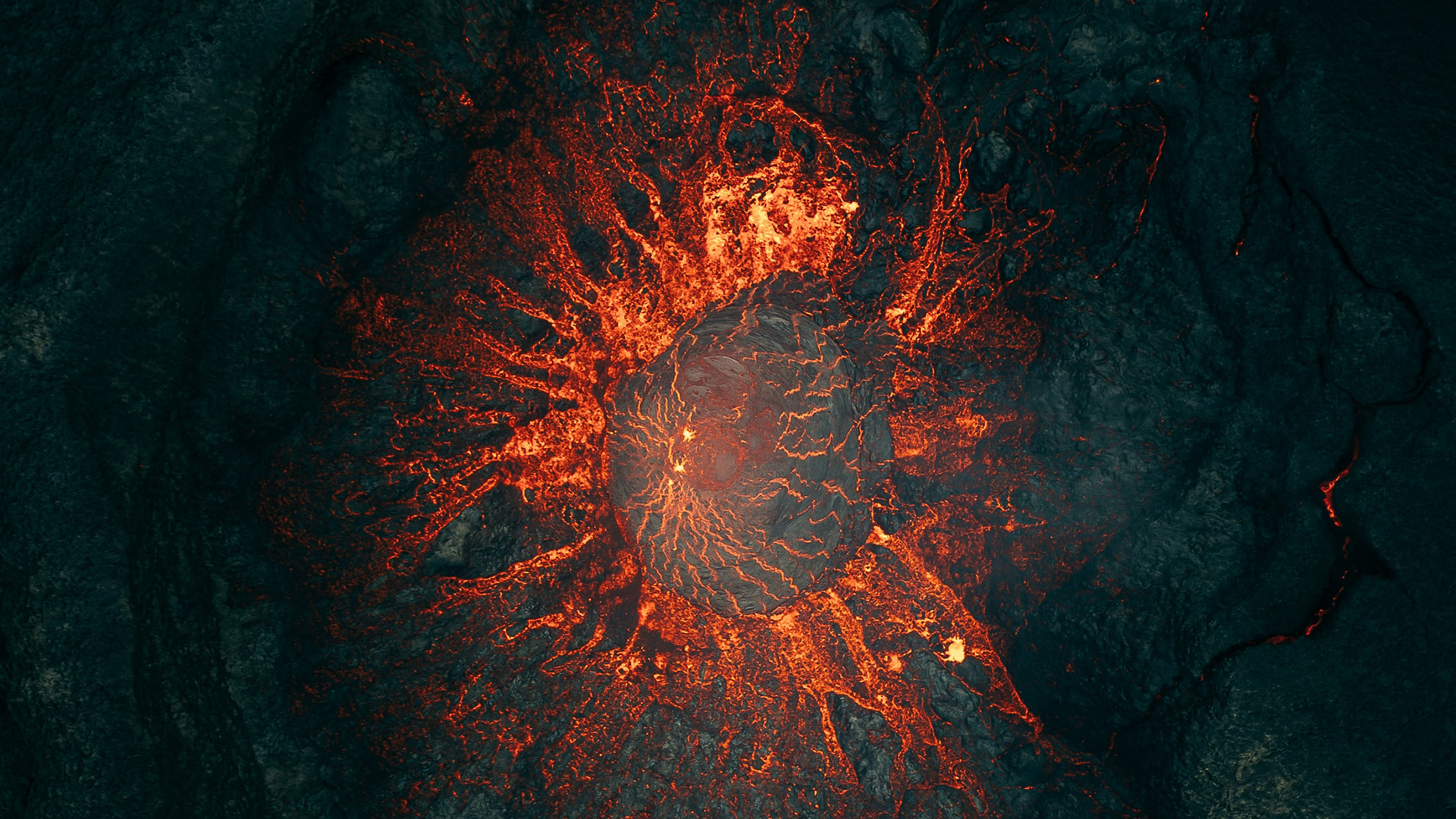


OUR ATTRACTIONS
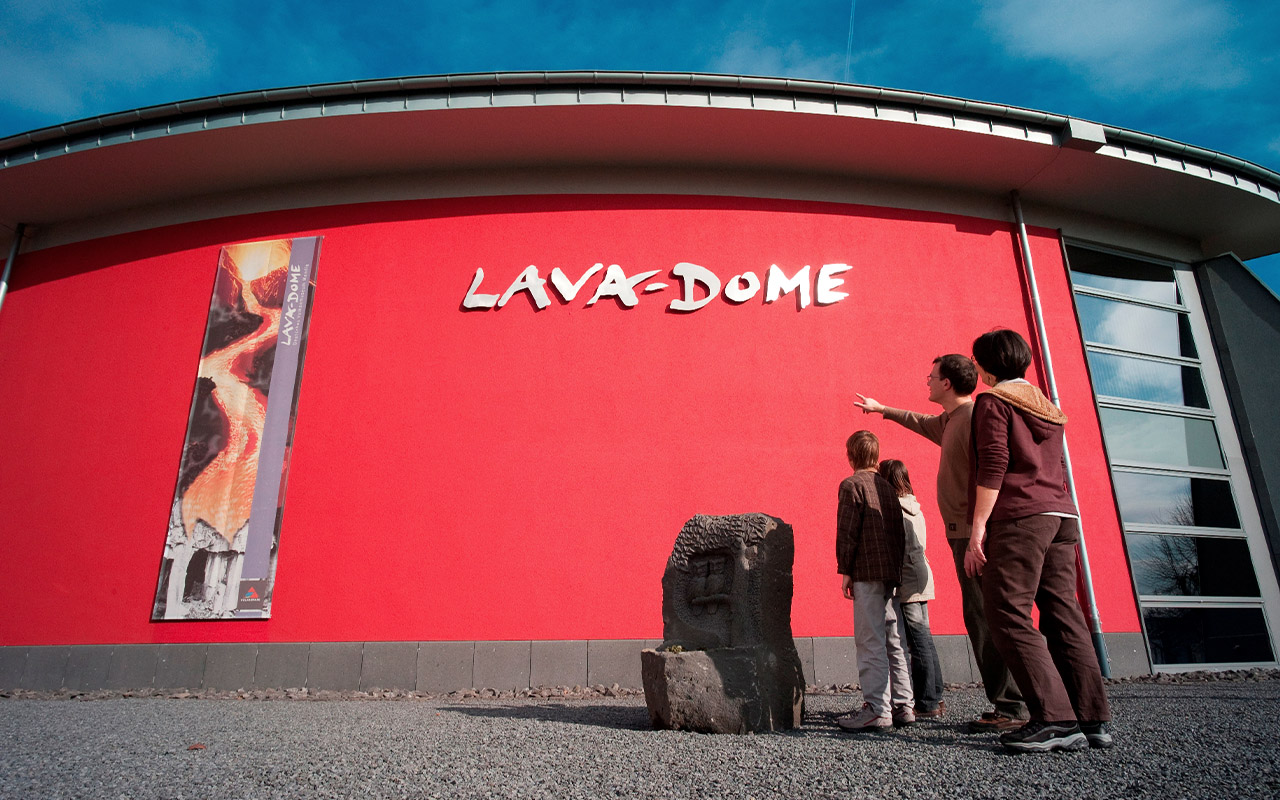
LAVA-DOME
Earthquakes and volcanic eruptions prove that the Earth is in constant flux. Continents shift, mountains are created and crumble away, and volcanoes erupt, destroying whatever is in their path and leaving behind new land. From a geological point of view, volcanoes are very short-term events making them environmental phenomena that people can experience with all their senses. The timeline shrinks to a human scale making it easily perceptible.
LAVA CAVERNS
Created by humans over the centuries, the historic Lava Caverns are one of a kind and are a must-see for visitors to the Vulkanpark Osteifel and Lake Laacher See.
Over an area of almost 3 km², a network of underground lava caverns is spread out below the town of Mendig. At a depth of 32 metres, you can discover a subterranean “landscape” that is unique in this world. Long ago, when the volcanoes erupted and the land was covered in fire and ash, a stream of lava also flowed towards Mendig.
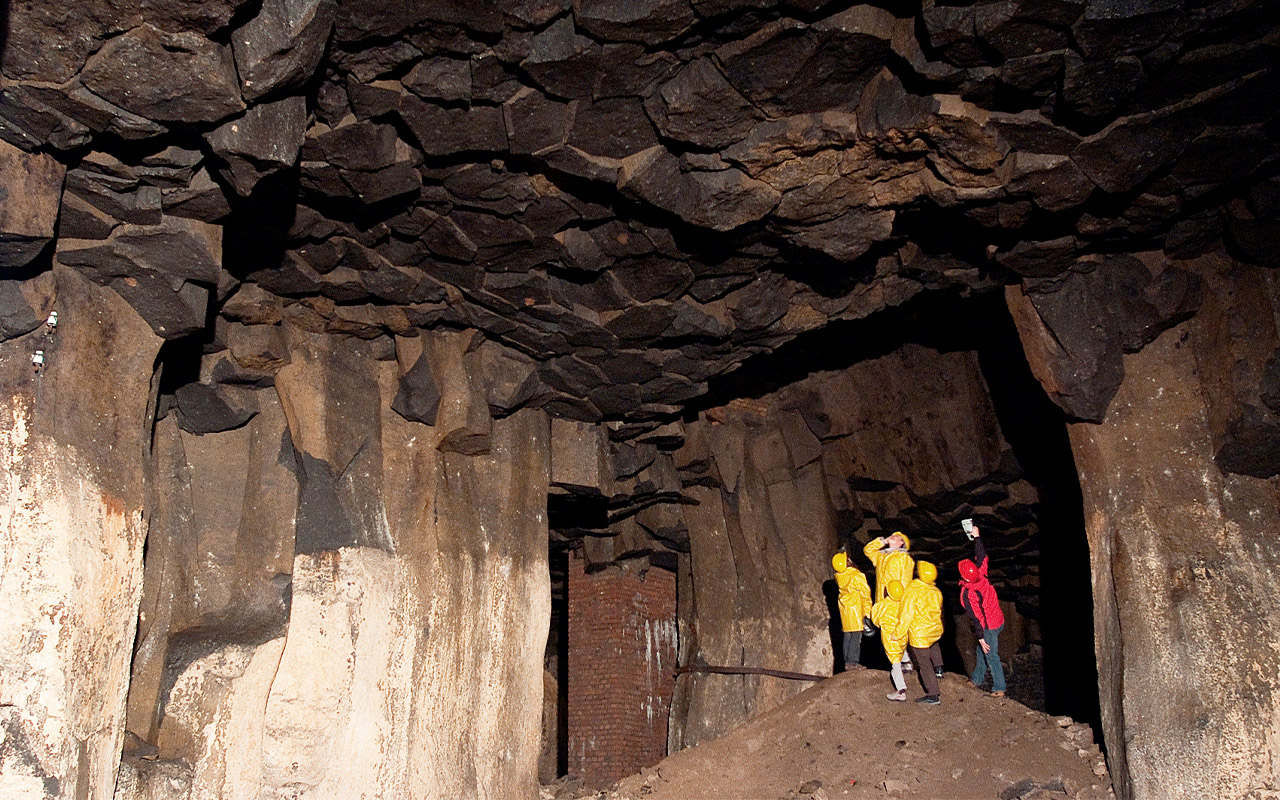
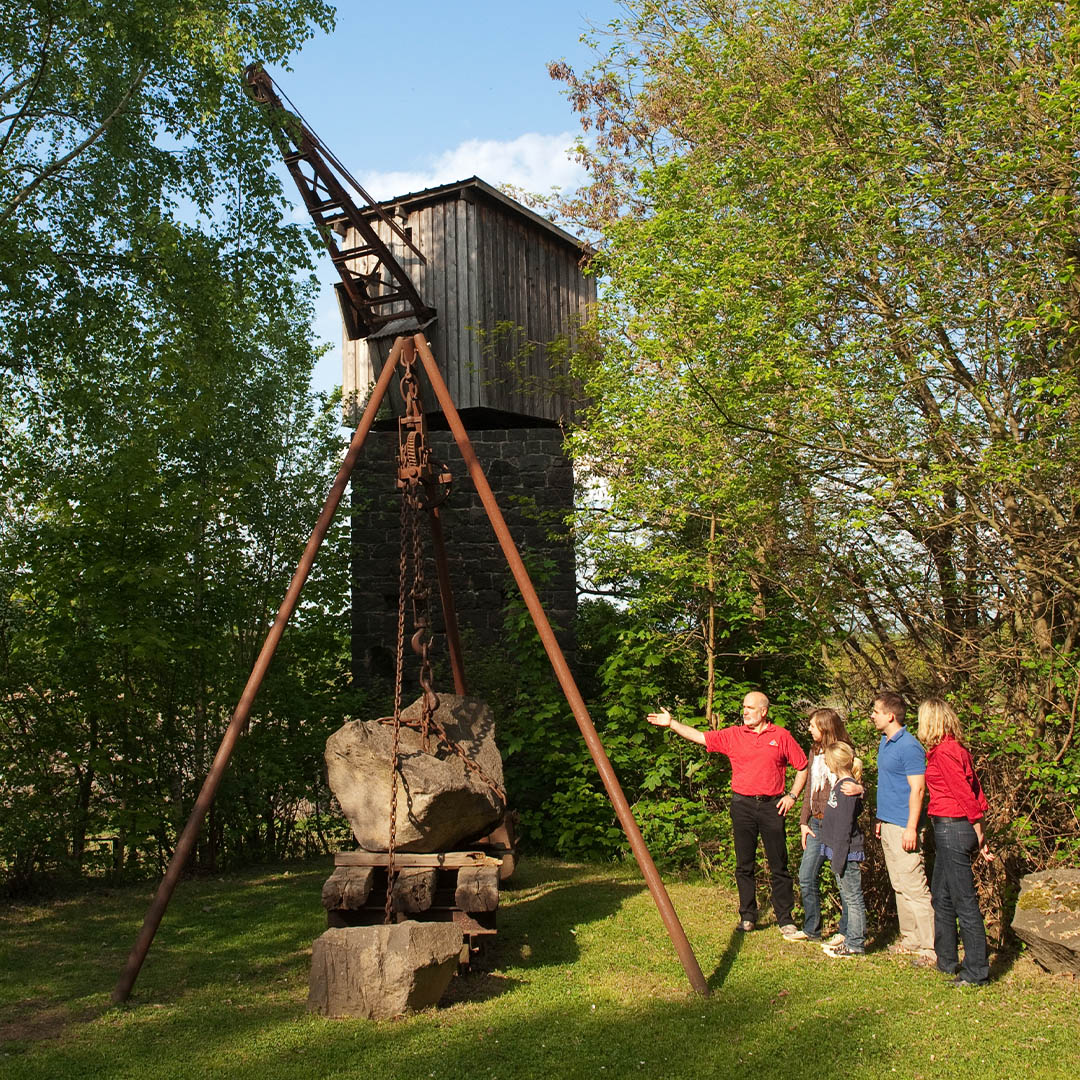
MUSEUMSLAY
The Museumslay is a permanent-exhibition, open-air museum displaying the various equipment used to carry out the difficult work that went on at the former mine. At the entrance to the museum, visitors are greeted by a horse engine, a true replica of the winches that were used in days gone by to convey the heavy Mendig basalt rock above ground from the rocky caverns below.
WINGERT`S ROCK FACE
Today scientists can say with certainty what happened around 13,000 years ago when the Lake Laacher See volcano erupted. Soil exploration at Wingertsbergwand near Mendig has allowed them to explain the history of the Lake Laacher See eruption by comparing samples with soil from currently active volcanoes. Vegetation discovered under the tuff and pumice deposits has allowed them to deduce what the East Eifel region looked like before the catastrophe.
